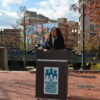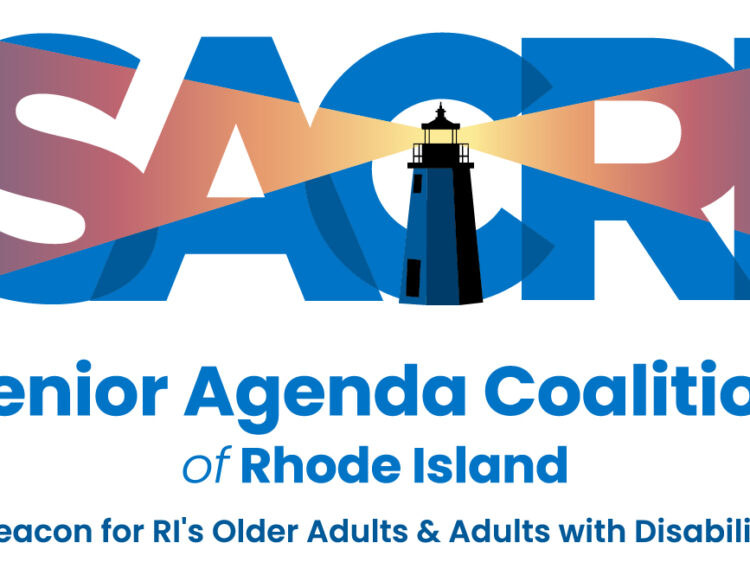Editor’s note: The identities of the three women who shared their stories have been concealed for anonymity and safety.
“Domestic violence” is a term that divides many into two categories – those who understand it because they’ve experienced it, and those who have merely seen it in headlines, a distant problem, wondering how such an issue even exists.
In the state of Rhode Island, domestic violence occurs in every city and town. This is supported in part by arrest data maintained by the R.I. Supreme Court Domestic Violence Training and Monitoring Unit. A recent review by WPRI TV’s Target 12 investigators Elia Sherman and Tim White of more than three years of data kept by the state Attorney General’s Office identified domestic violence as the most common felony during the period, with more than 12,700 domestic-violence related charges. This represented more than 20% of all felonies (the second largest category was drug-related charges).
However, research demonstrates that most incidents of domestic violence never involve law enforcement at all. In other words, the true prevalence of abuse can never fully be known.
Still, we do have some insight. The Rhode Island Coalition Against Domestic Violence, or the “RICADV,” comprises a statewide network of member agencies that provide support services to victims of domestic violence. According to their data, 8,499 individual victims received assistance in 2021 alone. During this same year, 13,839 helpline calls were answered and more than 42,000 individual services were provided by advocates.

On a national scale, one in four women and one in nine men will experience domestic violence. However, adolescents experience domestic violence (also called dating violence or intimate partner violence) at higher rates than any other demographic, with one in three teenagers experiencing some form of physical, sexual, or emotional abuse before they become an adult. Further, recent data from the federal Centers for Disease Control and Prevention’s Youth Risk Behavior Survey (YRBS) reported increases in sexual violence among high school females, with 20% reporting sexual violence and 14% being physically forced to have sex.
These statistics are ones that I am all too familiar with. Not only am I a survivor of adolescent domestic and sexual violence, I now speak full time on these subjects in schools, communities, and workplaces across the nation. Much of this work simply involves debunking the myths – painting a picture of what abuse actually is and looks like.
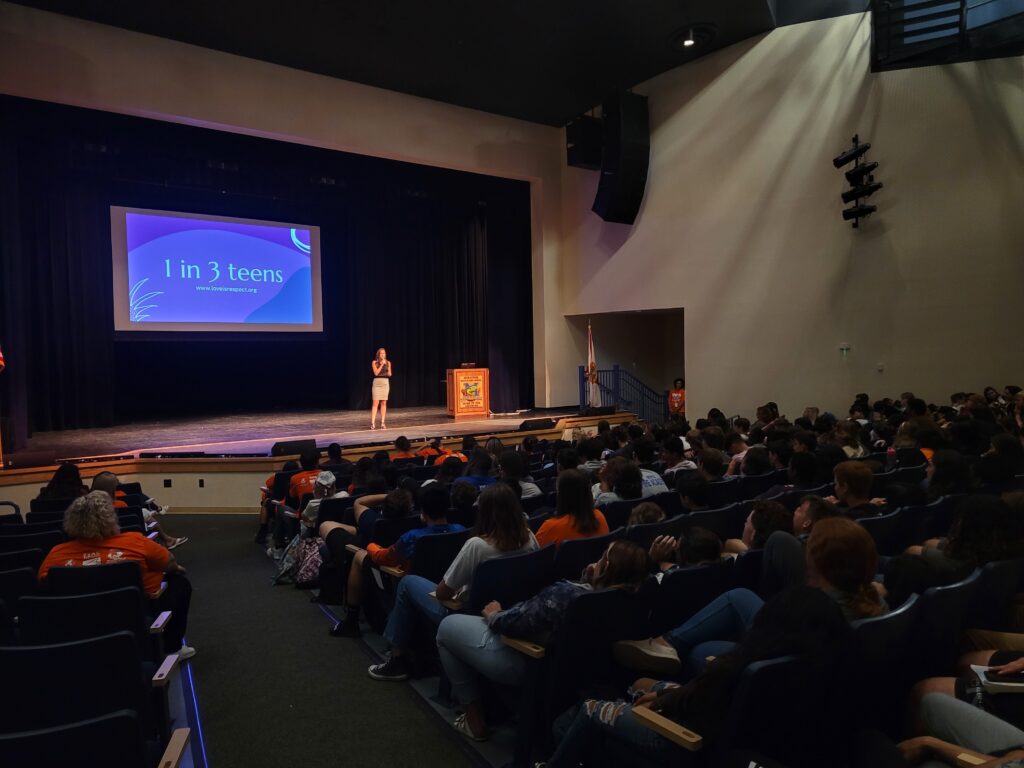
Like many, I once possessed a flawed view of domestic violence. It was an adult issue where one person hit another. This was not me: a quiet girl from a good home in a small town. A teen. I often said, “Well, he’s never hit me. If he did hit me, then of course I’d leave.” And… I did. What I never recognized were the patterns of control, possessiveness, coercion, manipulation, emotional and economic harm.
While every survivor’s story will vary, the similarities are undeniable. I recently spoke with three other survivors about their experiences. As SOAR members (Sisters Overcoming Abusive Relationships), these women are part of a special task force of the RICADV. Their stories shine a light on the realities of abuse and the need for us all to promote and support resources.
Cali’s exposure to abuse started young.
“I witnessed domestic violence when I was two years old. From a child’s perspective, it was different. When you see daddy hit mommy, you know it isn’t right. I also wasn’t responsible to choose to leave. I was just there; those were my parents,” she says. “As an adult, I knew I never wanted to be with anyone that put their hands on me.”
When Cali met her would-be future husband at the age of 21, she says he was “a gentleman.” There were no indications of abuse – until things changed. “Gradually, I noticed a shift in his behavior. I just figured maybe it was something I did, especially because there were people that witnessed things and didn’t address it. I thought, maybe it’s just normal.”
Cali experienced non-physical abuse at first, such as name calling and financial control. “A friend of mine recognized the signs when I didn’t. I thought abuse was a bruise, a hit to the face. My comment to her was, well he doesn’t hit me,” says Cali. Eventually feeling stuck and alone, Cali says, “I didn’t know how to get myself out.” The abuse then turned physical while she was pregnant with her fifth child, prompting numerous attempts to leave; she finally escaped one year later.
Today, Cali has a career in mental and behavioral health and tells her story. “Had I not experienced what I did, I wouldn’t be the advocate I am today. I can’t say I’m 100% healed. Me and my children are still dealing with the aftermath. We still have certain triggers. But navigating and coping is a journey. The healing process is a journey,” she says.“Being part of SOAR, I get to really be that voice for those that were too afraid to speak out about it.”
Jess met her former partner while vacationing, then started a long-distance relationship. “I believed I found my Prince Charming. He was so kind and ‘love bombed’ me with romantic gestures and emails to make me believe he was a family man and that his daughter needed me to be her mother. He gave me a glimpse of the life I believed I wanted with him,” she says.
Once Jess said, “I do,” she says the “mask” came off. Her partner was absent, coming home late, and detached. When Jess would discuss his schedule or desire quality time together, he used this against her. “He told me that I was codependent and asked too much of him. He insinuated how he was sick of me begging for his attention. He also often made fun of my cooking. I don’t think he went a day without criticizing me. My self-confidence and self-esteem took a real dip because I was unhappy and guilted into thinking it was all my fault,” Jess says.
Eventually, the abuse became physical, and Jess felt pressured into having sex when she didn’t want to. “When I got brave and said ‘no,’ he took my phone, held me against the wall by my throat, and called the police, telling them a made-up story that he caught me ‘flushing my drugs’ and was scared for our child’s safety,” she says. This was the first time Jess experienced physical abuse. She obtained a restraining order which later had to be lifted post-divorce to communicate about their child. “My abuser continues to exert coercive control and post-separation abuse today, almost 14 years later. Coparenting (or even mediation) with an abuser is impossible,” she says.
Today, Jess is healing with the help of a trauma-informed therapist. “I am working on my trauma responses. To be a healthy mom for my children, I am working on my emotions and pain because I know it’s taken a toll on us all. My fight or flight responses still appear, even though I’m safe from my abuser. I recognize that I suffer from PTSD. Practicing radical acceptance has been life-changing too,” she says, explaining that she has learned to recognize her ex-partner’s unhealthy behaviors and now relies on a toolbox of new skills to navigate difficult or unwanted interactions with him. “I feel like until recently, I was not living. I just survived for years on end,” Jess says.
Lee met her former partner on a middle school soccer field, shared classes in high school, and became close friends before they started dating. “It was amazing at first because I was dating my best friend,” she says. Once the two graduated and went to college, things began to change.
“He started using drugs, lying, and hiding things from me. Small problems would escalate into huge fights. We had been close for so many years, so I felt betrayed and hurt. However, I felt like I had to be there to support him through his struggles,” she says, noting that she soon began caring for her partner more than herself. “I started drifting away from my family and friends because I didn’t want them to know about his trouble,” she says.
Eventually, Lee’s former partner also resorted to physical abuse. “I realized I wanted to get away after he physically hurt me. It hurt so bad as he stood over me, as I was laying on the floor of the apartment I had worked so hard for. In that moment, everything stopped. I said to myself, ‘You are worth so much more than being in this position.’ It finally hit me – I am scared for my life right now, and I never want to feel this way again,” she says.
While many resources have helped, she notes that her place of work played an essential role – offering resources, empathy, words of encouragement, and support. She has also since discovered a new level of independence and confidence.
“I am proud of myself for not only finding the strength to leave, but for the love and respect I have for myself now. I no longer give people the benefit of the doubt. I try to see people for what they show me. I know what I want and what I deserve. The peace I feel now gives me the strength to keep moving forward,” she says.
Unfortunately, not all victims of domestic violence are able to get out before they are seriously hurt or even killed. In the most recent RICADV Domestic Violence Homicide Report, a total of 26 individuals lost their lives between 2016 and 2021, averaging four to seven deaths per year with firearms cited as the top weapon used.

Lucy Rios, Executive Director at RICADV, knows the life-saving importance of safety planning and support. “The RICADV’s network of member agencies works tirelessly to meet the range of needs survivors may have, such as safe and affordable housing, counseling, access to basic needs such as food and clothing, assistance with obtaining a restraining order or navigating the legal system, medical care, and immigration assistance,” she says. “Advocates listen to survivors and present them with safety planning options and support so that survivors can make decisions on how to stay safe, whether they choose to end the relationship or not.”
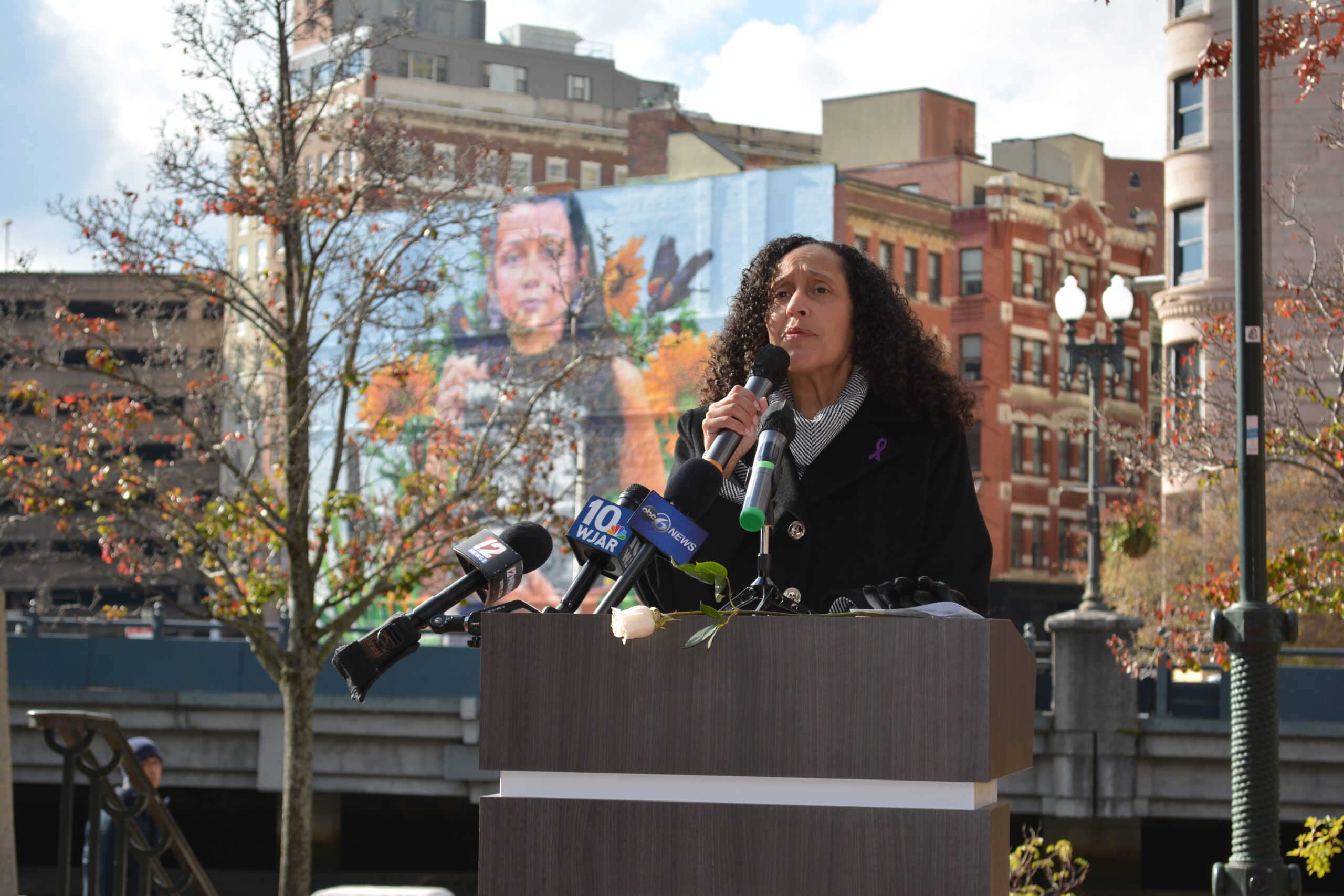
Jessica Walsh, Executive Director at the Women’s Resource Center of Newport & Bristol Counties, also sees this firsthand. “It takes a long time to heal from the trauma of surviving an abusive relationship. Every survivor is different, every situation unique. Our advocates offer compassion first. From there, they help the client identify for themselves their most pressing concern and then work to address that need.”
However, providing services isn’t without its challenges, says Walsh.
“Unfortunately, chronic underfunding of domestic violence services has resulted in service gaps. There aren’t enough shelter beds or transitional housing units. There aren’t enough mental health professionals, and so we often have a waitlist for our counseling program. Certain populations need more supports available to them – folks with disabilities, LGBTQIA+ individuals, those who speak languages other than English. There is always work to do to ensure that all people in our community have the help they need when seeking safety.”
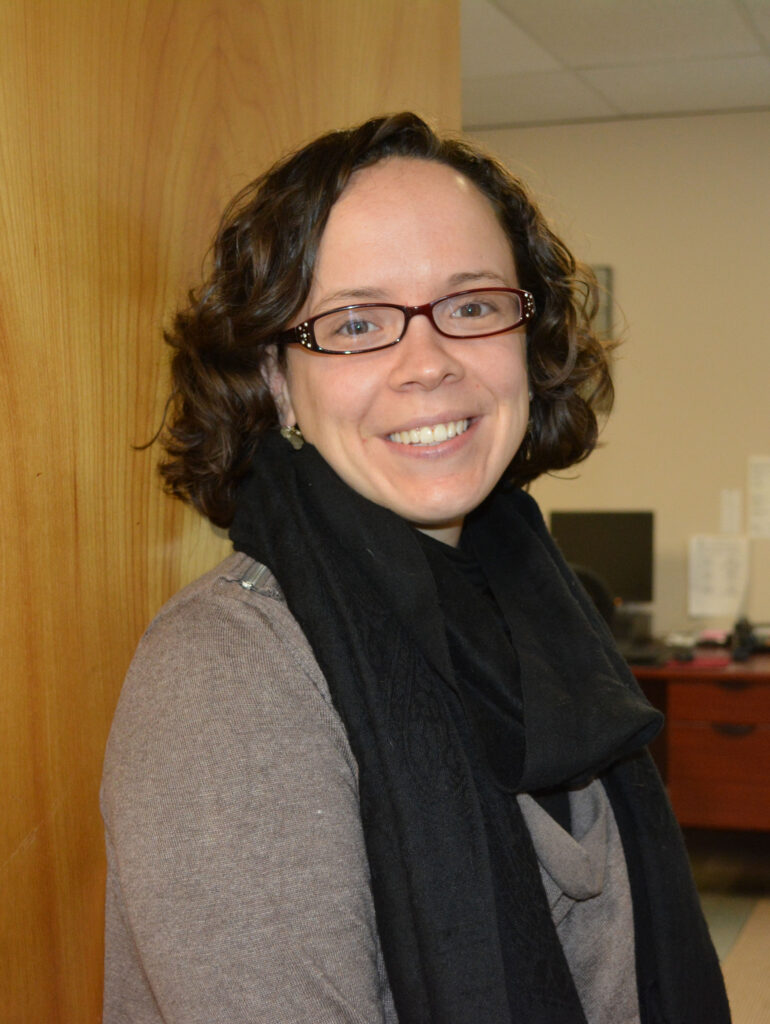
But progress is being made. Rios emphasizes the work that the RICADV is doing to address critical issues, barriers, and inequities. This includes passing strong laws and policies that increase survivor safety and hold offenders accountable.
“The Address Confidentiality Program was enacted in Rhode Island in 2022 and launched this past January within the Rhode Island Secretary of State’s Office, making it safer for survivors who need to keep their address private because they are fleeing an abusive partner,” Rios says. “We have also made significant strides in prioritizing primary prevention to address the root causes of abuse and have been able to fund many community-based agencies through the Rhode Island Deborah DeBare Domestic Violence Prevention Fund to stop the problem before it starts.”
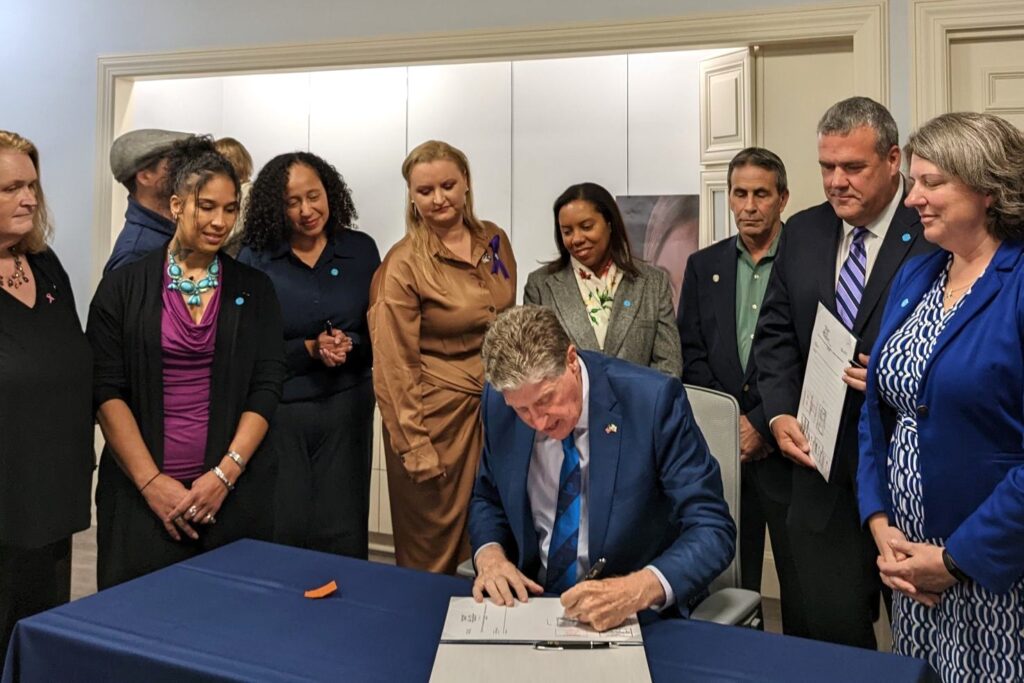
A priority this year is passage of an Abusive Litigation bill.
And while the effort continues through brave survivors, advocates, and leaders across the state, the call is upon us all to play a part.
If you’re concerned about your safety or have questions about domestic violence/abuse, call the RICADV’s anonymous Helpline at 1-800-494-8100. To learn more or find local resources, visit www.ricadv.org.
Read the Q & A with Lucy Rios.
Watch Ruth Glenn, president and CEO of the National Coalition Against Domestic Violence and a survivors, on Story in the Public Square, the national PBS/SiriusXM show hosted by Pell Center director Jim Ludes and Ocean State Stories director G. Wayne Miller.
Next week: Book banning efforts are on the rise across America. Ocean State Stories looks at what’s happening in Rhode Island.

